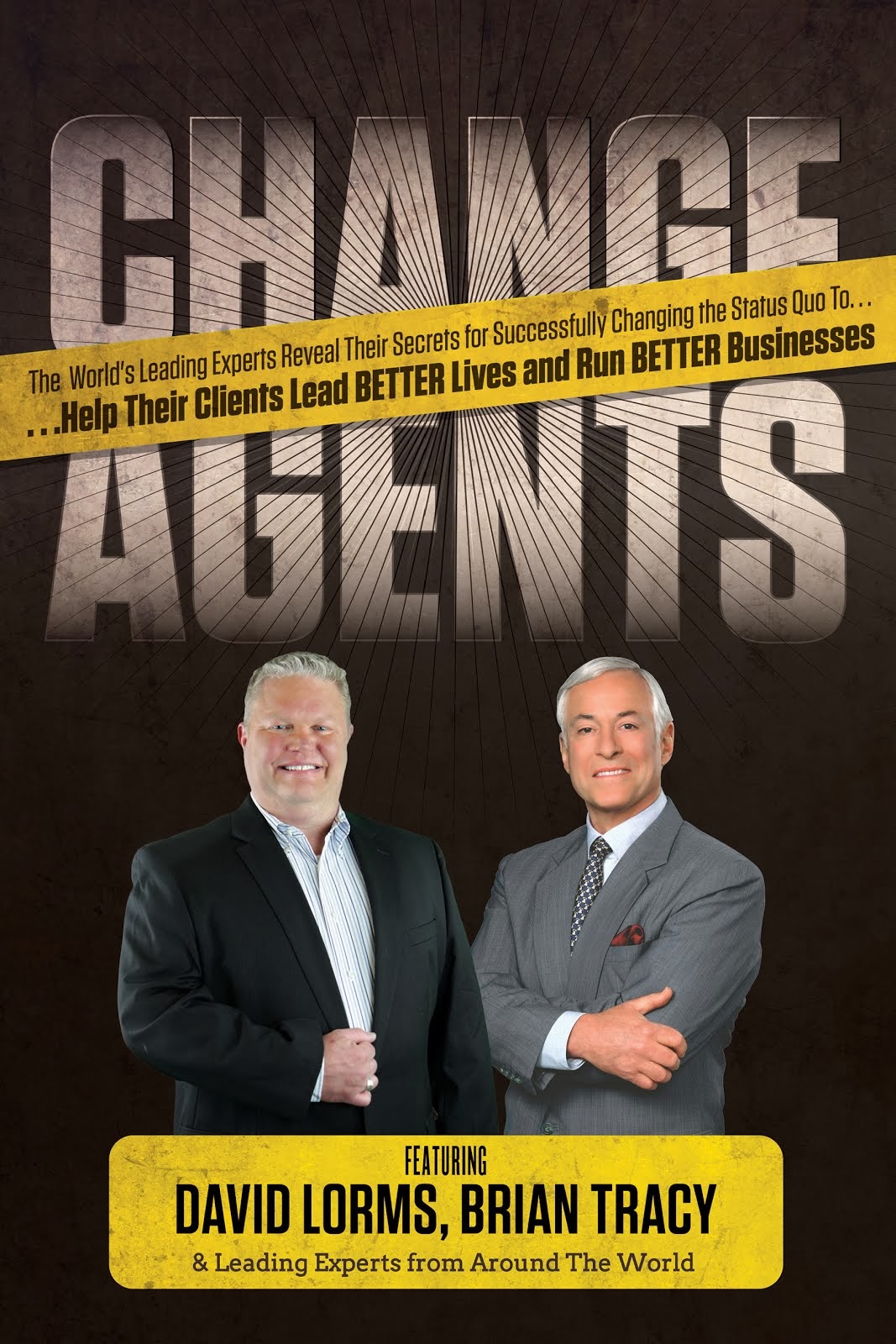October 4, 2010
Letter to the Editor
The Wall Street Journal
1211 Avenue of the Americas
New York, NY, 10036
The Complete Picture
Shift to Wealthier Clientele Puts Life Insurers in a Bind (Oct. 4, 2010) It is true, wealthier Americans spend more on life insurance than middle-income Americans – they generally need more coverage and therefore pay higher premiums. Many experts recommend buying enough life insurance to cover six times salary so the family can meet its financial obligations if the primary wage-earner dies. Clearly – larger policies will be bought more often by more affluent households.
But this doesn’t provide the complete picture. When LIMRA releases its sales results, we always give two metrics: premium and policy count. The reason we share both is because each is very important to get a complete picture of the life insurance market.
Let’s take a look at what happens when you look at policy count.
The majority of existing permanent policies are owned by middle-market consumers. The affluent (household income of $100,000 or more) own just 27 percent of existing permanent life insurance policies while 73 percent of the existing permanent policies are helping average Americans. Those earning $25,000 to $99,000 comprise 55 percent of the population, but own almost 60 percent of existing permanent policies.
If you look at new sales by policy count, consumers earning under $100,000 represent 72 percent of newly purchased permanent life insurance policies. So by this measure, it is truly middle America who are buying permanent and benefiting from it.
Recent LIMRA research found that 30 percent of U.S. households do not own any form of life insurance—a 50-year low. We also know that 75 percent of households have less than a month’s savings. What will these families do if their primary wage-earner died unexpectedly?
This is not the time to make buying life insurance less attractive. Collectively, we should be finding more ways to encourage consumers to get the coverage they need.
Finally, as researchers we know that it is critical to look at all the data before making conclusions. We encourage others to do the same.
Robert A Kerzner,
President and CEO of LIMRA, LOMA and LL Global
Windsor, Connecticut
Friday, October 15, 2010
Tuesday, October 5, 2010
Precious cargo on board

If you have children, you know how important it is that they're secured when you're driving with them. But did you know incorrect usage of a car seat is common — and that even a minor mistake in usage can cause serious injury?1 Here are some tips that may help you use your child's car seat correctly:
Never put an infant in the front seat of a vehicle with a passenger air bag — even if you think it’s been disabled.
Route harness straps in lower slots at or below shoulder level.
Keep harness straps snug and fasten the clip at armpit level.
Make sure the straps lie flat and aren’t twisted.
Dress your baby in clothes that allow the straps to go between the legs. Adjust the straps to allow for the thickness of your child’s clothes. Don’t use bulky clothes that could increase slack.
To keep your newborn from slouching, pad the sides of the seat and between the child’s legs with rolled up diapers or blankets.
When in the car, put the car seat carrying handle down.
For the best neck protection, infants should ride in the backseat facing the rear of the vehicle until at least 1 year of age and 20 pounds. Then they can ride in forward-facing child car seats (still in the backseat). Recline the rear-facing seat to a 45-degree angle. If your child’s head flops forward, the seat may not be reclined enough. Tilt the seat back until it is level by wedging firm padding, such as a rolled towel, under the front of the base of the seat.
To keep the car seat from being thrown forward in a crash, all new seats are required to be equipped with top tether straps — a belt that’s attached to the car seat and bolted to the window ledge or the floor of the car. Tether kits are also available for most older car seats — check with the manufacturer.
For more information about infant or toddler car seats, go to the Web site of the Insurance Institute for Highway Safety. Also check out the National SafeKids Campaign which offers a free Child Car Seat Locator. Enter your child’s age and weight, and you can view a list of recommended car seats.
Is your child ready for a regular seat belt?
Children should be in an appropriate car seat or booster seat until they’re about 8 years old, unless they are already 4 feet and 9 inches or taller.2 After that, they should be properly seated with a lap and shoulder belt. Children age 12 and under should remain in the rear seat. All passengers should wear lap AND shoulder belts at all times. Laws can vary by state and municipality. See the IIHS List of State Laws for Vehicle Restraints or the Inventive Parent Car Seat Laws page.
Secure your precious cargo
Motor vehicle crashes are the number one killer of children from ages 1 to 14 and many of these deaths involve children that are unrestrained.3 Many are also avoidable with the proper use of the proper car seat. Give me a call: I can give you more information so that you can secure your precious cargo and enjoy your travels.
1Source: http://www.iii.org/Articles/Child-Safety-Seats.html
2Source: http://www.car-safety.org/faq.html#Q3
3Source: http://www.car-safety.org/faq.html#Q1
Seeking CUSTOMER SERVICE REPRESENTATIVE (CSR) - SPANISH SPEAKING
Customer Service Representatives work for Farmers agents as customer service and/or administrative professionals. Responsibilities typically include office management, customer policy support (in-office and telephone), and sales support activities. Some inside sales.
By obtaining the proper licensing, customer service reps may also sell insurance products within the agent’s office. If you are bilingual, you may also qualify for other financial incentives.
Requirements:
Minimum qualifications, usually preferred by a district manager include:
• Excellent written and oral communication skills - Must be Bi Lingual (Spanish)
• Customer service oriented
• Good computer skills and proficient with Word, Excel and PowerPoint
• Excellent organizational skills
• Highly motivated entrepreneur
• High School Diploma
• Good credit history (Insurance license a plus)
Location: E TC Jester and N Loop 610 (77018) - Must be within your commuting radius
Compensation: Hourly plus commission/bonus
By obtaining the proper licensing, customer service reps may also sell insurance products within the agent’s office. If you are bilingual, you may also qualify for other financial incentives.
Requirements:
Minimum qualifications, usually preferred by a district manager include:
• Excellent written and oral communication skills - Must be Bi Lingual (Spanish)
• Customer service oriented
• Good computer skills and proficient with Word, Excel and PowerPoint
• Excellent organizational skills
• Highly motivated entrepreneur
• High School Diploma
• Good credit history (Insurance license a plus)
Location: E TC Jester and N Loop 610 (77018) - Must be within your commuting radius
Compensation: Hourly plus commission/bonus
Subscribe to:
Posts (Atom)





